Last updated on March 14, 2024

Growing Rites of Itlimoc & Itlimoc, Cradle of the Sun | Illustration by Grzegorz Rutkowski
The transform mechanic was absolutely ground-breaking when it was first introduced. It’s still popular and flavorful these days, but we’ve also started seeing a little more of it used in new and interesting ways to fit the sets it appears in.
How does transform work, and how has it been implemented over the years? Which are the best transform cards? Perhaps I can change your mind!
How Does Transform Work?
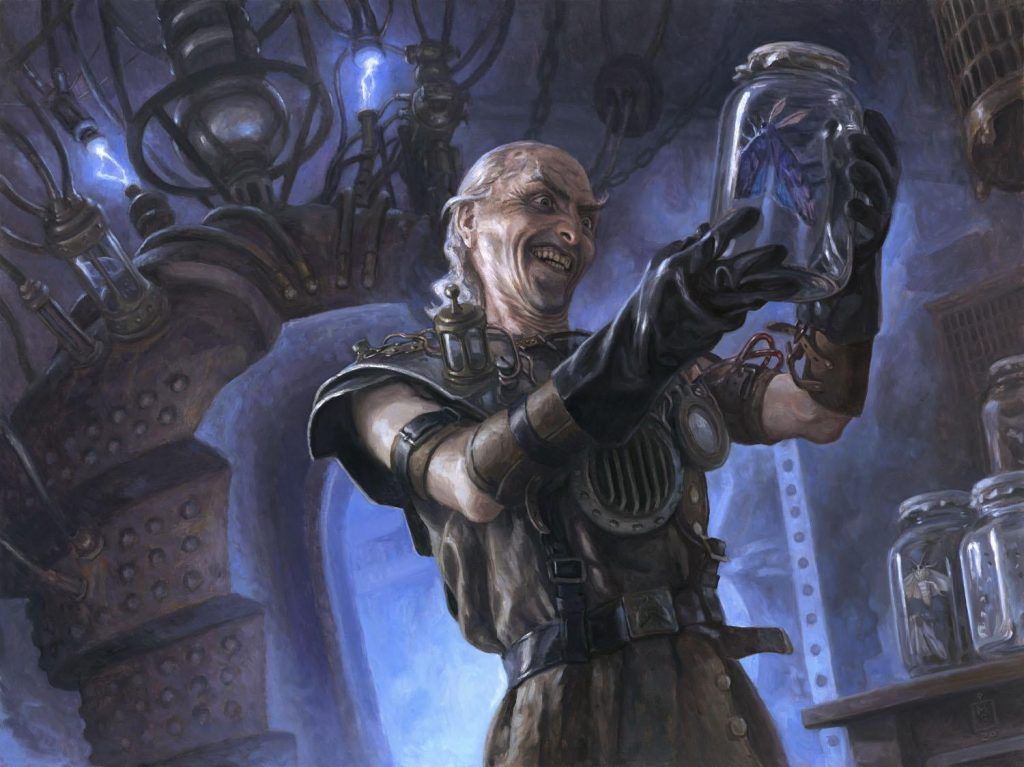
Delver of Secrets | Illustration by Matt Stewart
Transform cards have two sides to them, and you’ll generally play a transform card on its front face. When a certain condition is met, the card “transforms” into its reverse side, and you physically turn the card over. Different transform cards have different transform conditions.
The History of Transform in MTG
Transform first came out in the fan-favorite Innistrad set in 2011, partly to represent the population of the plane turning into the monsters that the horror-inspired world was home to. It was included in that set and the second set of that block, Dark Ascension. But it was left out of the final set of the block, Avacyn Restored, over fears that players wouldn’t want to play the mechanic in Limited over a full year if they didn’t like it to begin with.
Since then the idea of transform has been iterated upon in a handful of sets. Magic: Origins brought the “flipwalkers,” creatures that transformed into planeswalkers to represent their sparks igniting. Ixalan block has a set of artifacts and enchantments that transform into lands. Transform has also been included in Neon Dynasty and our returns to Innistrad.
Despite the increased frequency of seeing transform, it’s still not considered an evergreen mechanic. It’s specifically avoided in Commander precons because these products currently never include double-faced cards for logistical reasons.
How Do Transform Lands Work?
Ixalan and Rivals of Ixalan had a set of artifacts and enchantments that transformed into special lands when a condition was met. These work like any other transforming card: when they transform you flip them over and they’re now represented by their back side.
Note that playing one of these cards or transforming it into the land side doesn’t count as playing a land for a turn.
Is Transform a Triggered Ability?
Transform is either a triggered ability or an activated ability. For example, Delver of Secrets has a triggered ability occurring when you reveal an instant or sorcery from the top of your library while Bloodline Keeper has an activated ability with a cost to transform it (in this case, paying a black mana).
Can You Respond to Transform?
Yes! Transform is an ability that uses the stack, regardless of whether it’s an activated or triggered ability. You can respond to it by playing instant-speed effects.
When Can You Transform?
When you can transform a card depends on the card itself. If you can meet the conditions for the transform to occur, you can transform the card.
Can You Transform at Instant Speed?
Some cards can transform at instant speed. Generally you can transform a card if you can meet the condition to transform it. For example, Concealing Curtains mentions in its rules text that you can only activate its transform ability as a sorcery, so you can’t transform it at an instant speed.
Does Transform Count as Entering the Battlefield?

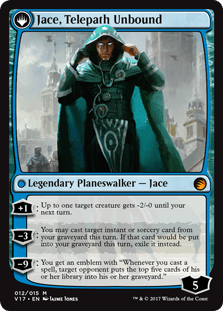
When a card transforms it doesn’t usually count as entering the battlefield. But some cards say that you exile the card and return it to the battlefield transformed, like Jace, Vryn's Prodigy. In this case it counts as entering the battlefield when it comes back.
Does Transform Have Summoning Sickness?
No, transforming doesn’t give a card summoning sickness. If it transforms when it already has summoning sickness, it still has summoning sickness.
Does Transforming a Card Untap It?

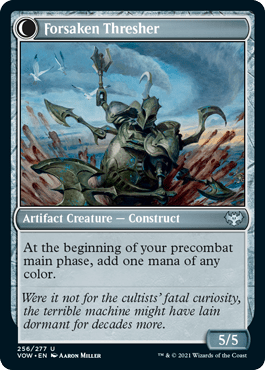
No, transforming a card doesn’t untap it unless the transform rules text specifically says it does, like on Foreboding Statue.
Does Transforming a Creature Remove It From Combat?
No, transforming a creature doesn’t remove it from combat, unless it’s exiled and then brought back like with the flipwalkers.
Does Transforming a Creature Erase Damage?
No, transforming a creature doesn’t remove the damage assigned to it unless the transform trigger specifies that the card is exiled then returned to the battlefield transformed.
Do Transformed Cards Have a Mana Value?
Yes, a transformed card has the same mana value as the front face. It also has the same mana cost, which is a change from the original rule that came in with the release of Shadows over Innistrad.
Note that if you copy a transformed card, the copy won’t have a mana cost or a mana value.
Is Transform the Same as Turning a Card Face Up or Down?
No, transforming a card isn’t the same as turning it face up or face down. If an effect specifies you to turn a card face up or down, like what happens with a morph card, this doesn’t transform a transform card.
What if a Card Tells You to Transform a Single-Sided Card?
If an effect tells you to transform a single-sided card, nothing happens and the effect “fizzles.”
Which Side Does a Transforming DFC Enter the Battlefield On?
A transforming DFC enters the battlefield with its front face up unless another ability specifies otherwise.
Can You Cast the Back Side of a Transforming DFC?
No, you can only cast the front side of a transforming card this way.
Can Tokens Transform?
No a token can’t transform, even if it’s a token copy of a transforming DFC. Tokens only have one face.
Can You Transform a Copy?
No, you can’t transform a copy because it only has one face.
Do Enchantments Stay on Creatures that Transform?
Yes, enchantments generally stay on a creature when it transforms. But if the card is exiled as part of its transform ability then any enchantments “fall off.”’ Also, if it transforms into a permeant type that the aura cannot enchant, the aura “falls off” the permanent.
Does Equipment Stay on Creatures that Transform?
Yes, unless the transforming card is exiled as part of its transform ability. This works like enchantments and the equipment “falls off.”
How Do You Transform into Werewolves?
Werewolves have a specific mechanic to transform them, or rather they have two separate mechanics with the advent of daybound/nightbound in Midnight Hunt.
Originally all werewolves had the text “At the beginning of each upkeep, if no spells were cast last turn, transform this card” on the front side and “At the beginning of each upkeep, if a player cast two or more spells last turn, transform this card” on the back. If you’re running werewolves you probably want some instant-speed effects to allow you to not cast spells on your turn but still spend mana on your opponents’. A creature like Duskwatch Recruiter with a good mana sink ability is also very useful in a werewolf deck.
This mechanic was very much liked, and there are a lot of werewolf fans. The problem was that it’s very easy for your opponent to undo all your hard work by casting two spells on their turn. WotC tried to address this with an updated werewolf mechanic in Midnight Hunt and Crimson Vow through daybound/nightbound. Werewolf cards printed in these sets used this mechanic, which controls which face of all werewolves with this ability.
For daybound/nightbound you need to start tracking the state of day and night when a card that cares about it enters the battlefield. Generally it starts as day, then if the active player doesn’t cast a spell it becomes night at the beginning of the next upkeep. If it’s night and the active player casts two spells on their own turn then it becomes day at the beginning of the next turn’s upkeep.
Daybound/nightbound controls which face of a card is active, but it also controls which face is active when those cards enter the battlefield.
Do New Werewolves Transform?
Yes. When it transitions between day and night the new werewolves with daybound/nightbound technically transform onto their other face.
Transforming DFCs vs. Modal DFCs
Transforming dual-faced cards were the only kind of DFC that existed for a long time. And then modal DFCs were introduced with Zendikar Rising. The main difference between the two is that, while transforming DFCs mostly need to be played with the front face up, modal DFCs can be played as either side of the card. MDFCs also don’t “transform” to the other side if an ability tries to do this.
Does Teysa Karlov Cause an Ojer Card to Transform Twice?
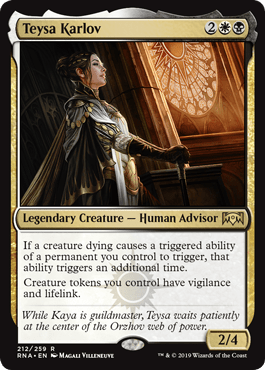
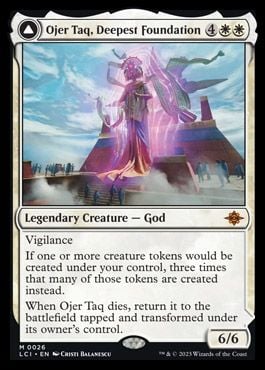
No, it does not cause two transforms, an additional trigger will find no card in the graveyard. Here’s an example: You control Teysa Karlov and Ojer Taq, Deepest Foundation. Your opponent trades their Colossal Dreadmaw with Ojer Taq to kill each other in combat, its death trigger will bring the god back as Temple of Civilization, and the additional trigger from Teysa Karlov will do nothing because Ojer Taq is no longer in the graveyard.
What Is the Difference Between Transform and Convert in MTG?
The convert ability functions just like transform, so much so that if an ability triggers whenever a permanent transforms, it’ll also trigger when a permanent converts.
Best Transform Cards
Transform cards see play in a variety of formats, but some see more play than others. Here are my top transform cards of all time.
#7. Westvale Abbey / Ormendahl, Profane Prince
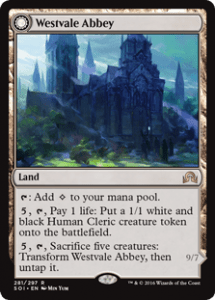
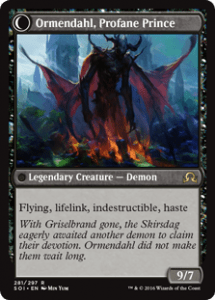
Westvale Abbey is a card that can be played in any EDH deck because of its colorless identity, so it’s an easy include in lots of decks.
This does a bit of everything. It makes creatures, although it’s expensive, and it can transform into a powerful beater that can end games for a relatively paltry cost. Attached to a land it doesn’t cost too much to include in your deck if you’re not running too many colors.
#6. Delver of Secrets / Insectile Aberration

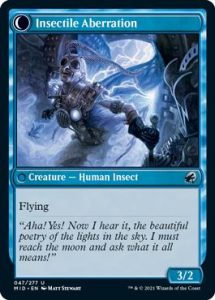
One of the few creatures that regularly sees play in Legacy, Delver of Secrets even has a whole deck named after it.
Since its reprint in Midnight Hunt, this is now legal in pretty much every format, including Standard and Pioneer. It doesn’t see a consistent play there, but it still sees some and has a reputation as one of the most powerful 1-drops in Magic.
#5. Search for Azcanta / Azcanta, the Sunken Ruin

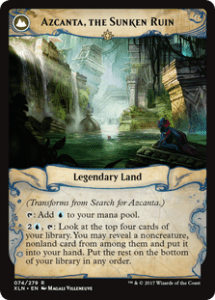
A powerful value engine, Search for Azcanta was an auto-include in grindy decks during its time in Standard.
It’s been off and on in Pioneer, but it has also seen a lot of play in Commander. Powerful card selection and the draws are very desirable in blue decks, no matter the format!
#4. Mono Color God Cycle from The Lost Caverns of Ixalan
These grade A creatures represent their color well and death does not beat them. Destroying them turns them into a land which can transform back into the creature side for paying 3 mana and meeting a small condition.
#3. Jace, Vryn’s Prodigy / Jace, Telepath Unbound
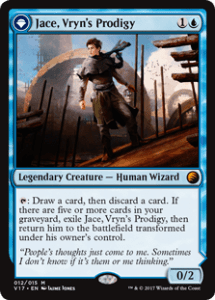
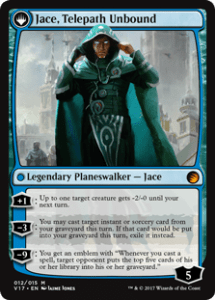
Jace, Vryn's Prodigy is notorious for being a $100 card in Standard when it was legal there. It’s nowhere near that high price anymore, but it maintains a reputation and its fans jump at any opportunity to include it in a deck. It’s ridiculously easy to flip this into its walker side in graveyard-based decks.
#2. Growing Rites of Itlimoc / Itlimoc, Cradle of the Sun
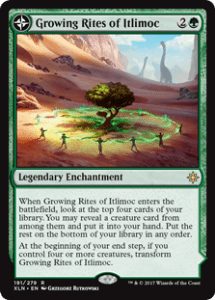

Gaea's Cradle may be on the Reserved List, but that doesn’t mean that WotC won’t try to make something that works in the same way.
Growing Rites of Itlimoc is pretty much just that, on the back side at least. Getting it there is pretty trivial and this has the potential to be incredibly powerful. If you’re wanting to run Cradle then you also want to run creatures.
#1. Matzalanti, the Great Door / The Core

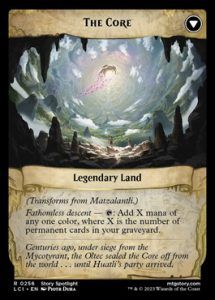
The Core is what everybody is digging for in The Lost Caverns of Ixalan, the no-cost loot is great, and putting four different permanent types in your graveyard is pretty easy to accomplish. This makes Matzalanti, the Great Door something lots of people can enjoy playing.
What do we know about lands that scale up in creating multiple mana per tap? They are some of the most sought-after cards in the whole game and this one is super flexible.
Decklist: Tovolar Transform in Commander
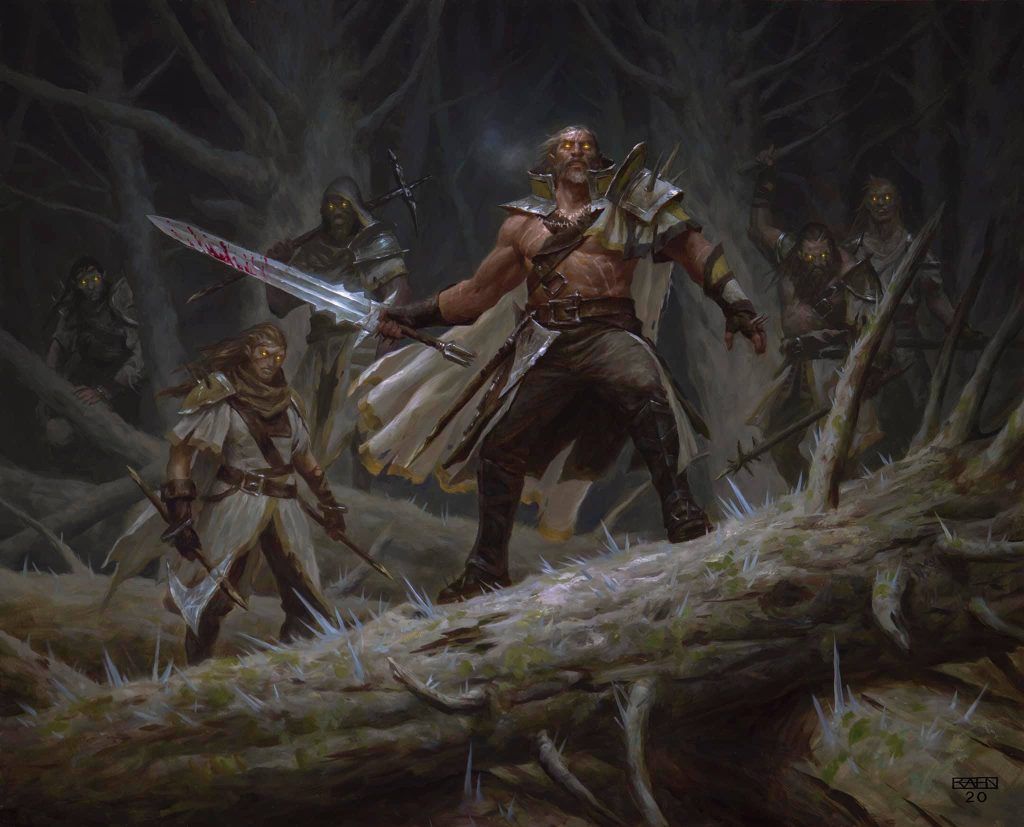
Tovolar, Dire Overlord | Illustration by Chris Rahn
Commander (1)
Planeswalker (2)
Arlinn Kord
Arlinn, the Pack's Hope
Creature (33)
Afflicted Deserter
Avabruck Caretaker
Breakneck Rider
Cemetery Prowler
Child of the Pack
Cult of the Waxing Moon
Daybreak Ranger
Duskwatch Recruiter
Geier Reach Bandit
Hermit of the Natterknolls
Hollowhenge Overlord
Hound Tamer
Howlpack Piper
Huntmaster of the Fells
Ill-Tempered Loner
Immerwolf
Instigator Gang
Kessig Naturalist
Kruin Outlaw
Mayor of Avabruck
Mondronen Shaman
Nightpack Ambusher
Outland Liberator
Reckless Stormseeker
Sage of Ancient Lore
Scorned Villager
Silverfur Partisan
Tovolar's Huntmaster
Ulrich of the Krallenhorde
Village Watch
Volatile Arsonist
Weaver of Blossoms
Werewolf Pack Leader
Instant (8)
Bala Ged Recovery
Blasphemous Act
Cultivate
Kodama's Reach
Rampant Growth
Relentless Assault
Three Visits
Unnatural Moonrise
Sorcery (7)
Beast Within
Chaos Warp
Heroic Intervention
Moonlight Hunt
Moonmist
Return of the Wildspeaker
Waxing Moon
Enchantment (8)
Beastmaster Ascension
Berserkers' Onslaught
Full Moon's Rise
Howling Moon
Howlpack Resurgence
Rhythm of the Wild
Shadow in the Warp
Unnatural Growth
Artifact (7)
Arcane Signet
Gruul Signet
Herald's Horn
Lightning Greaves
Sol Ring
Swiftfoot Boots
The Celestus
Land (34)
Cinder Glade
Command Tower
Cragcrown Pathway
Game Trail
Gruul Turf
Kessig Wolf Run
Path of Ancestry
Reliquary Tower
Rockfall Vale
Rootbound Crag
Secluded Courtyard
Stomping Ground
Temple of Abandon
Wooded Ridgeline
Mountain x5
Forest x15
If you’re looking to build a deck based around transform then there’s really only one direction that you can go, and that’s werewolves.
The old and new werewolf mechanics may not work perfectly together, but Tovolar, Dire Overlord is a banger of a commander. It also helps tie things together, transforming both old and new werewolves at the same time.
Flipping Out
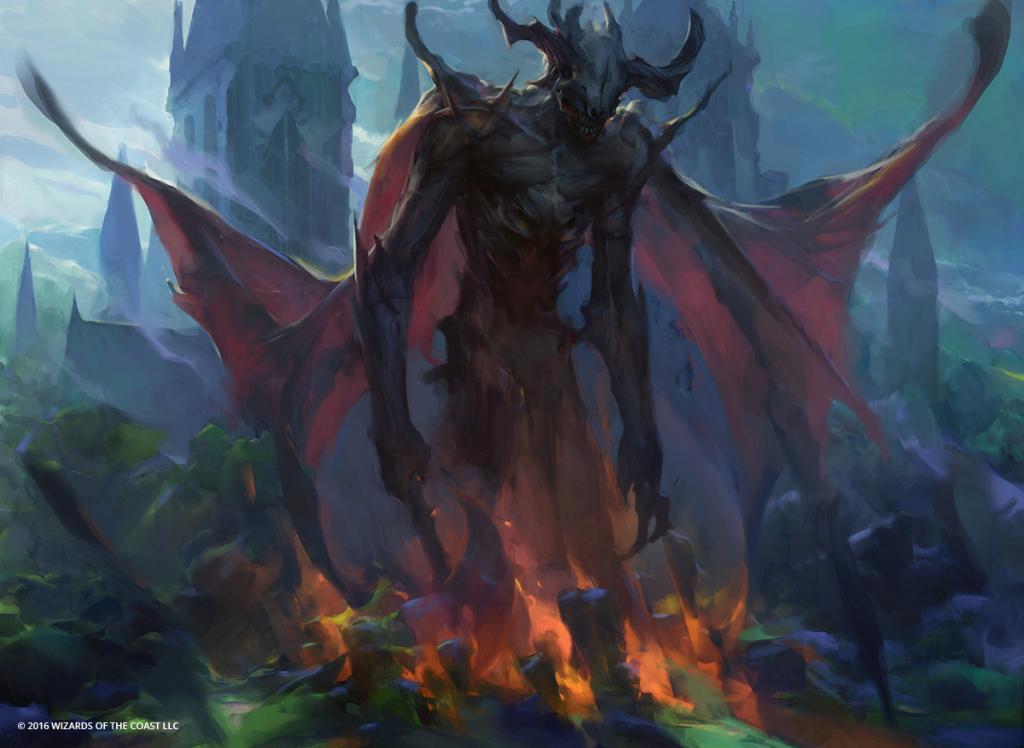
Ormendahl, Profane Prince | Illustration by Min Yum
Transform is definitely a popular mechanic, and one I’m sure will return in a set sometime soon. No doubt about it, if for no other reason than Wizards want to include more text on cards!
What do you like or dislike about transform? What do you want to see from the mechanic in the future? Feel free to comment down below or let us know over on the Draftsim Twitter.
Catch you on the flip side!
Follow Draftsim for awesome articles and set updates: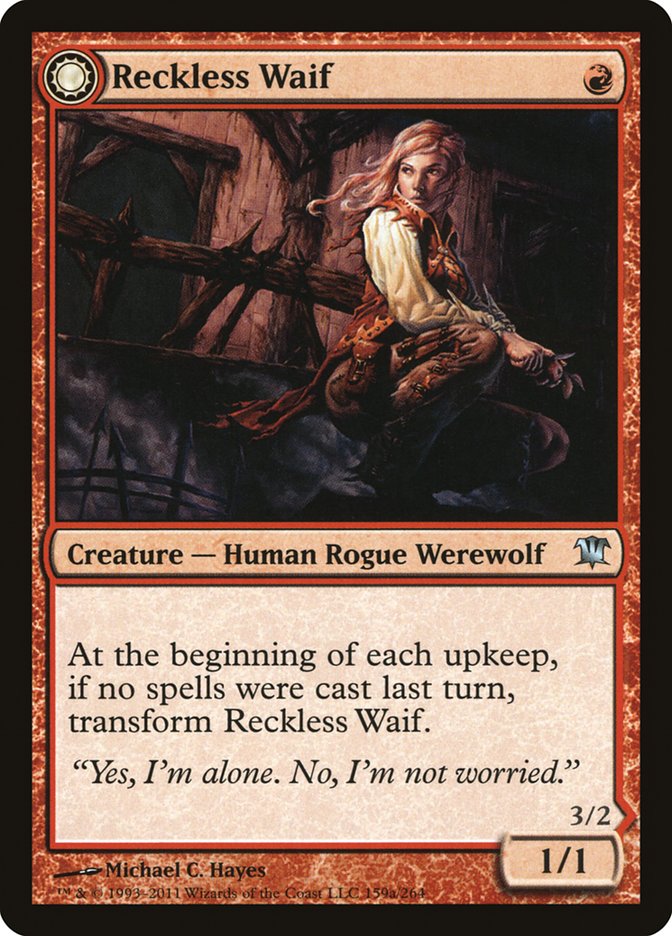


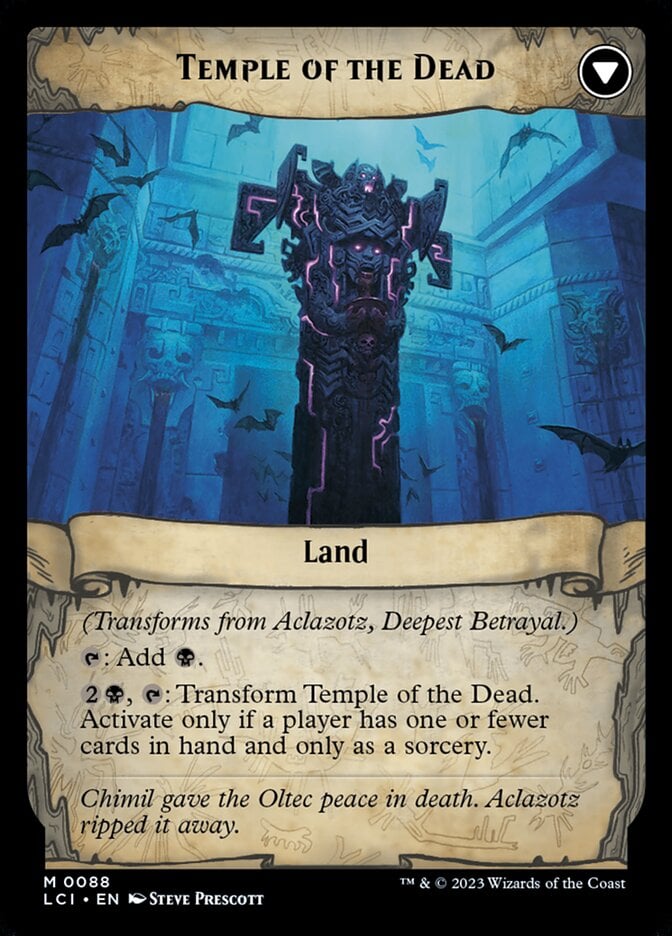


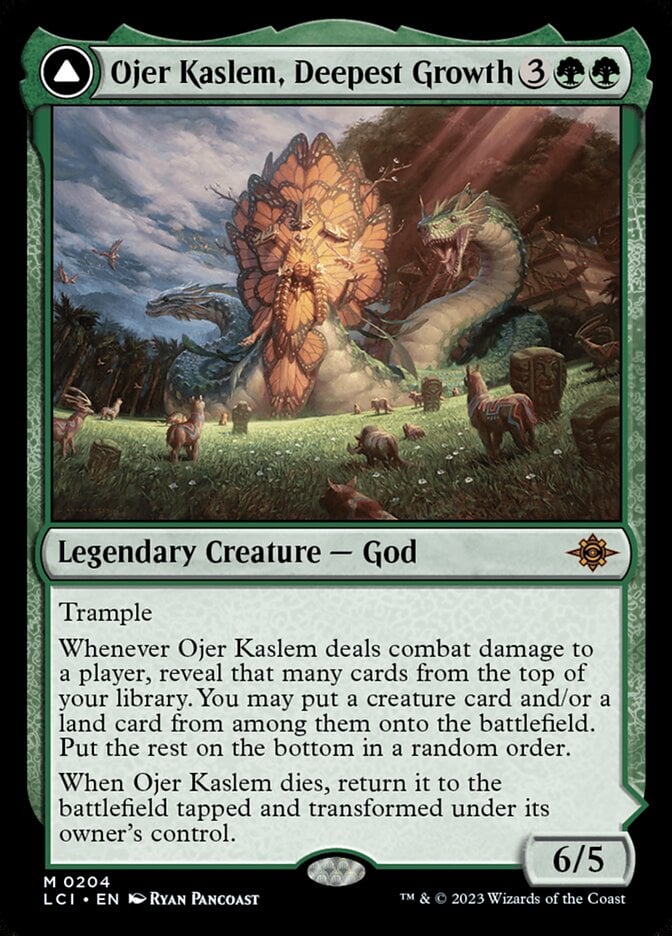

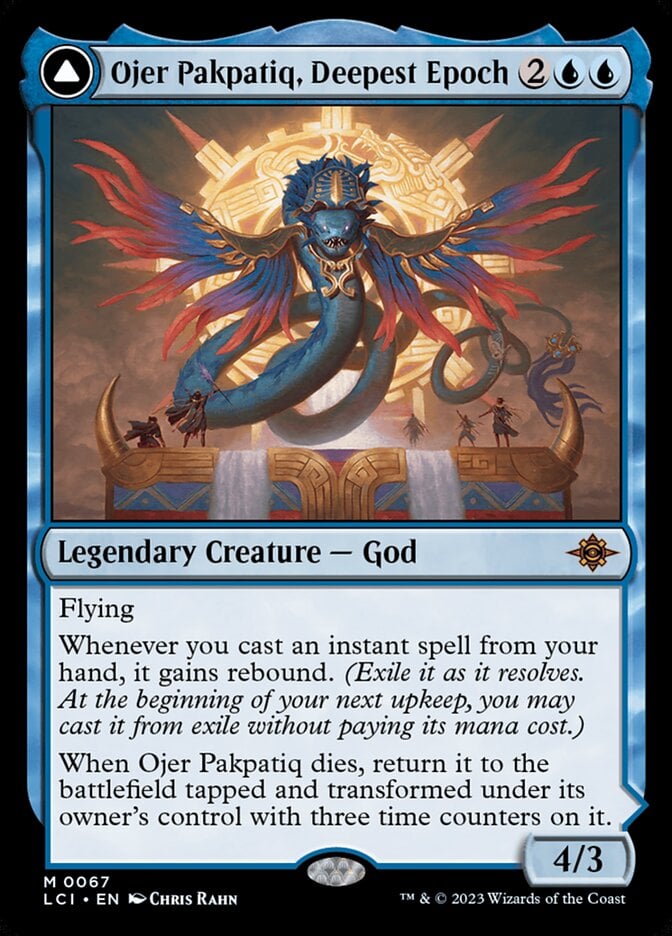


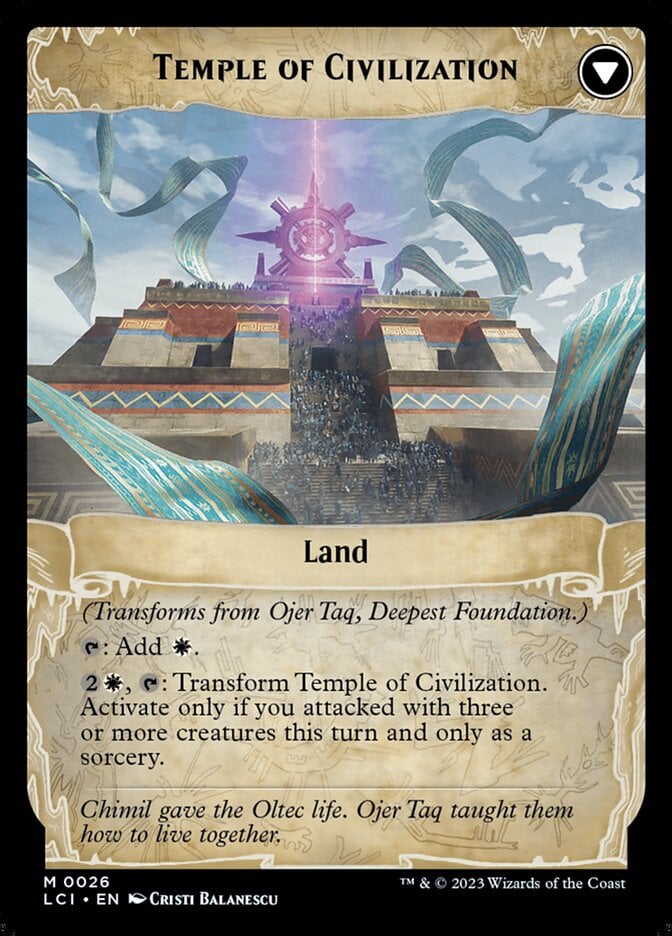
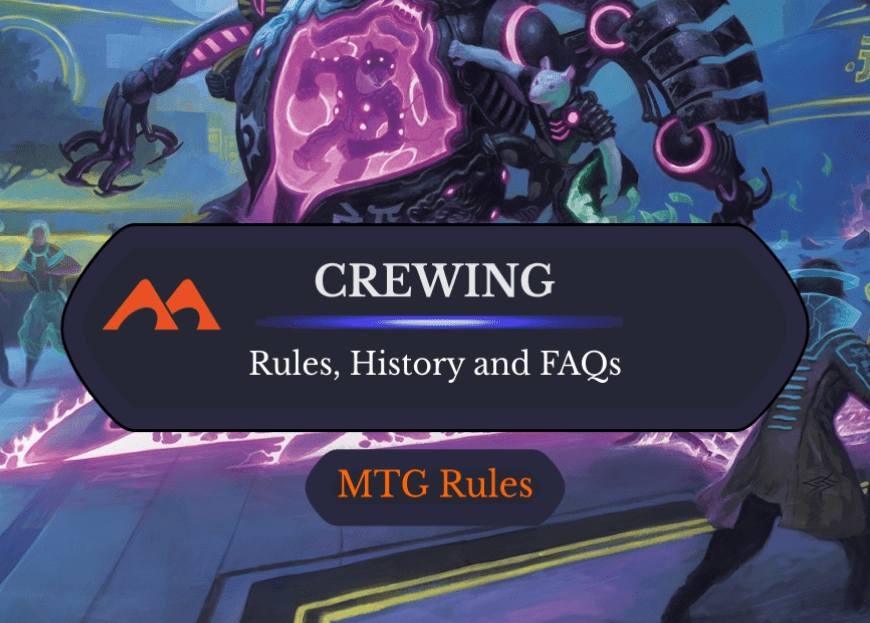
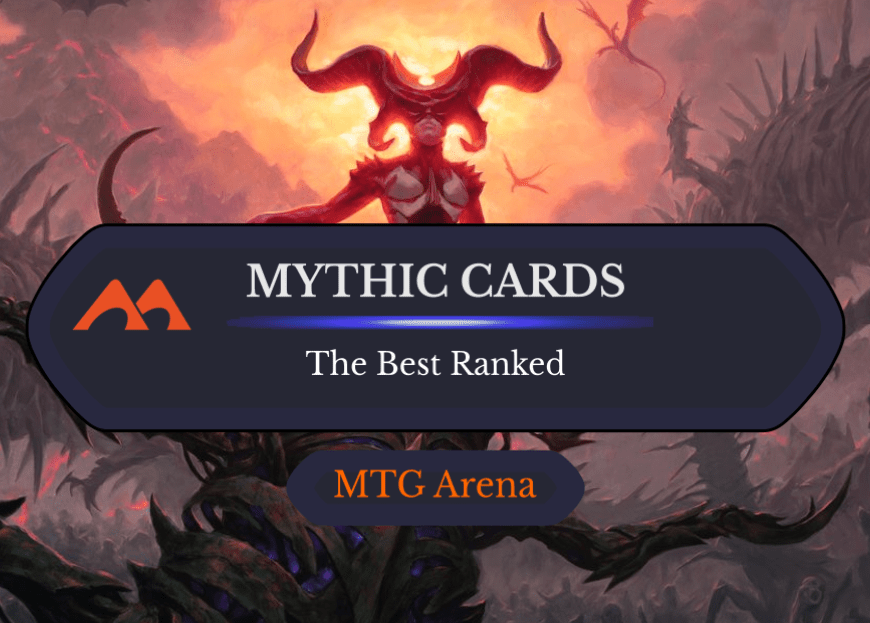
4 Comments
Was playing a game and I had heliod the eclipsed god out and was destroyed does he go into exile or graveyard?
Yeah, if Heliod, the Warped Eclipse dies, it goes to the graveyard, but you’d flip it back to the front half before that.
If Heliod’s your commander, it would go to the graveyard, then you have the choice to put it back in the command zone (again it’d return to the Command Zone of the front face).
Question: What if Ojer Deepest Might gets stolen by an Agent of Treachery or the like. If Ojer dies does it return transformed to the owner or does it transform under the control of its controller?
Hey Sam. It would return to the owner of the card, as it specifies under it’s “owner’s control”. Owner =/= controller.
Add Comment